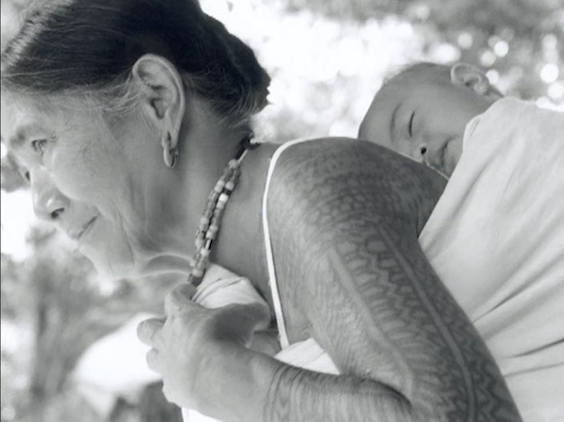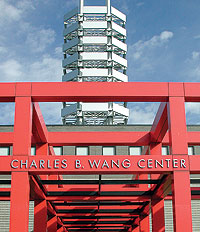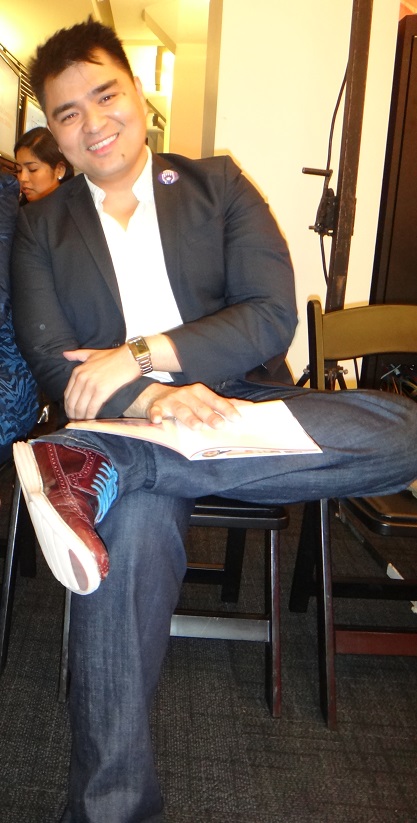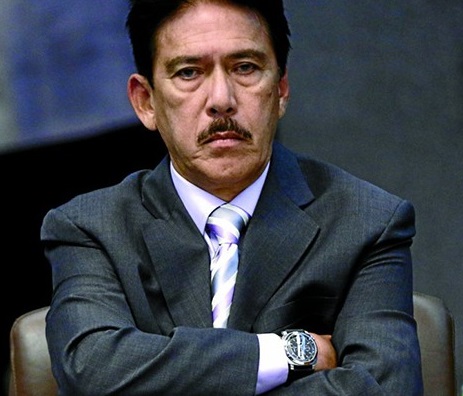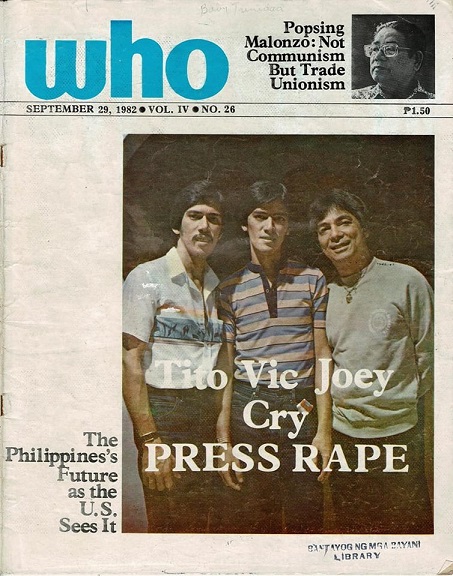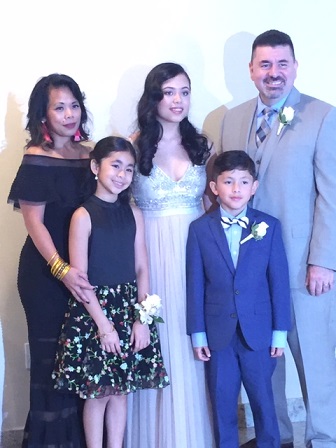Why would some of us not want to identify as Filipino?
By Ludy Astraquillo Ongkeko, Ph.D.
I met Roger, an adopted American-born Filipino, in an unusual manner.
He saw my name when he googled writers of Filipino descent who’ve lived in the U.S. for a long time. He reached out. We agreed to meet at a nearby Thai restaurant
In our society in this part of the global sphere, questions relevant to our Filipino identity are constantly being put to a test. Sometimes, such questions can come from an individual who finds himself grappling with his own ethnic identity
Such is the case of Roger, a U.S.-born Filipino who does not look Filipino at all and finds himself lost in a maze of culture conflicts. “What is the Filipino supposed to look like anyway?” he asked me.
He shared how he comes from a household that adopted him as an infant. His foster parents are non-Filipinos. When he turned 19, he became more curious because he ran into others like him: young Americans who trace their beginnings in families coming from other cultures.
When Roger was preparing for the college entrance examinations, he was told to write an essay about his background. He told the college registrar that he was adopted, and that the subject was something of a mystery to him. Still, he began to reach out to Philippine-born FilAm professionals so he could ask them about Philippine culture. That’s how he found me.
In his quest, Roger found all sorts of FilAms, many of them who are doing splendidly well, professionally. “Yet, they bother to still work hard to improve the Filipino image,” he observed.
Likewise, he met some Filipinos who didn’t relish being identified as ‘Filipino.’ He ventured a query: “Why is it that we see more and more of those who do not wish to be identified with the so-called Filipino culture?” He requested a consular officer to provide him with an answer.
The rationale he immediately received: “The reason lies in the fact that the Filipino on these shores has emerged more visible during the last three decades, thanks to the energy and commitment that many who are considered successful in their own fields of endeavor have put forward.”
The other answer that surfaced is more realistic.
Getting to know and getting to accept the Filipino identity represent two differing moves. The latter is more significant than the former because it holds on to identity as a system of meaning, or as a definition of reality.
Unless one has a workable definition of the concept of identity itself, which surfaces as ordinarily a descriptive term, it can get lost in the maze of definitions. To put it simply, and in the common usage of English: one should be able to identify oneself by describing who she/he is; what she/he does; and the groups he belongs to.
In response to the usage of identity, the varied roles people play in the communities where they are. They are far better to gauge their identity: not only from the ethnic side, but the religious identity, class identity, and even occupational identity.
Further explanation on identity is needed: the content of the aforementioned identities makes it possible to construct the whole fruitful system of role theory and makes room for an easier comprehension of social personality as the sum of all the different but interrelated roles.
People therefore, find themselves in a better position to identify themselves, thus can be identified by others, through the aforesaid commonsense mode of recognition and description.
Roger cited an experience when one classmate refused to be identified with the Filipino neighborhood she comes from because of the “low-class” Filipinos who live there. This person’s desire to shun any relationship with what she named “low-class,” was traced to social factors.
One friend whom he regarded as having social status had no need to speak about it because he manifests it. We agreed. Roger has concluded that the earmarks of a classy individual are always there; there are the inescapable outer trimmings, comfortable taste in clothes, fine grooming, polite language. These are not earned overnight but are acquired after many, many years of living it whether as part of your original family or adopted household.
After having lived on these frontiers for decades, we have seen that the very individuals who initially refused to have anything to do with being Filipino accept the fact that it is an advantage.
An illustration: When affirmative action comes into play one can sail on being a Filipino because it means she/he belongs to the minority; and being classified in that category becomes a decided plus when slots are being decided in the academe.
Although identity might be directed to the façade, rather than the niche-constructing self, it is still a decided plus to be recognized as Filipino. All FilAms need to do is to take pride in their ethnicity and be guided by the role models who came before them.
© 2017 The FilAm



